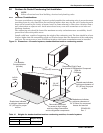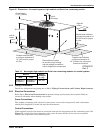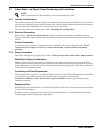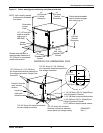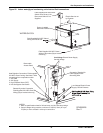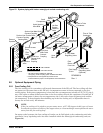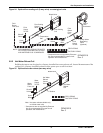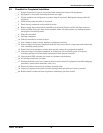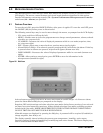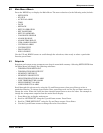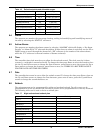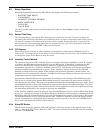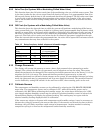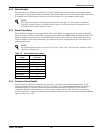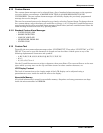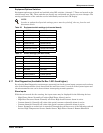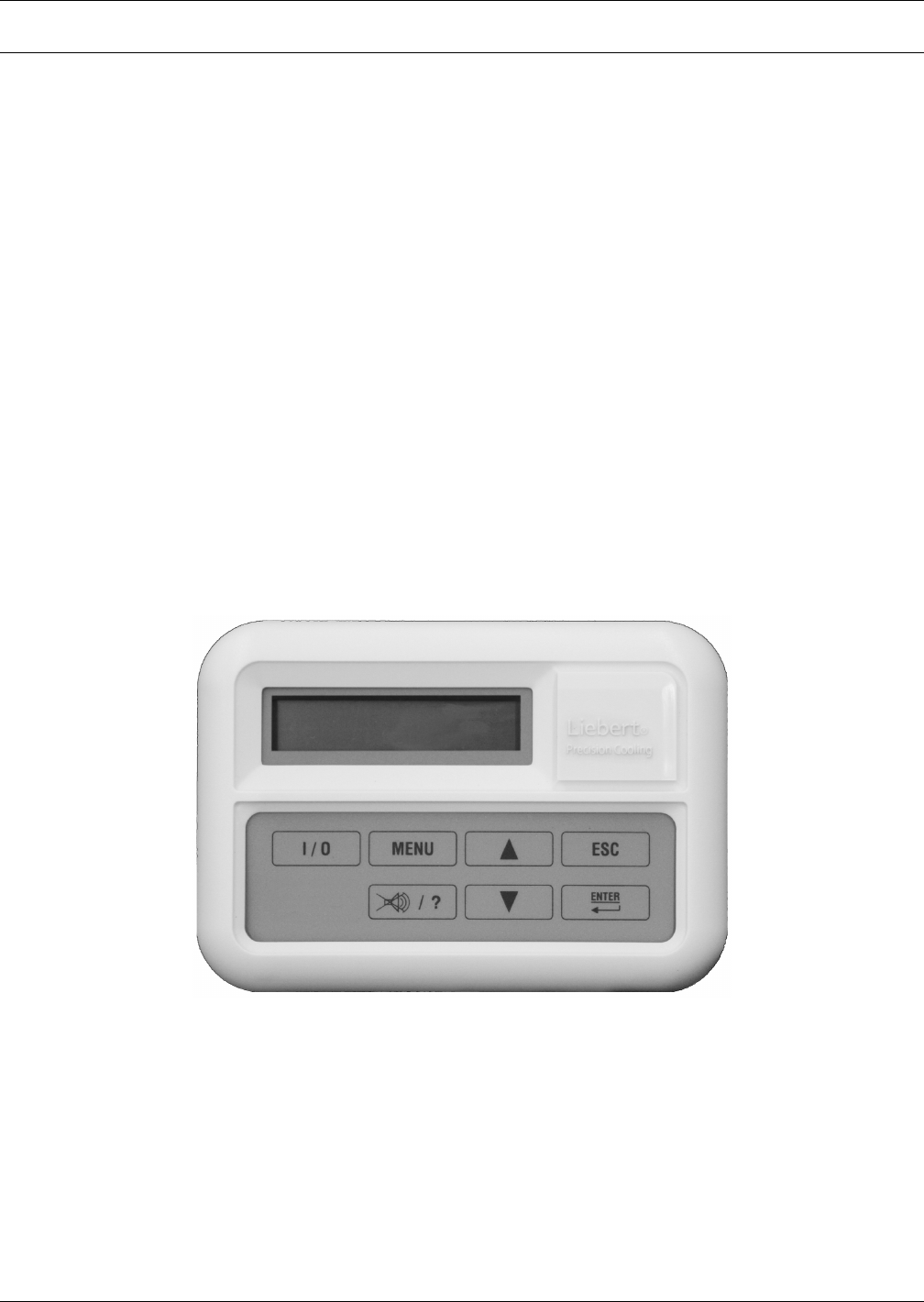
Microprocessor Control
39 Liebert
®
Mini-Mate2
™
6.0 MICROPROCESSOR CONTROL
The Microprocessor Control for the Liebert Mini-Mate2 unit features an easy to use menu-driven
LCD display. The menus, control features and circuit board details are described in this section.
Detailed information concerning controls (7.0 - System Performance Microprocessor Controls)
and alarms (8.0 - Alarms) are provided.
6.1 Feature Overview
To turn the unit ON, press the ON/OFF (I/O) key after power is applied. To turn the unit OFF, press
the ON/OFF (I/O) key before power is disconnected.
The following control keys may be used to move through the menus, as prompted on the LCD display:
• I/O—turns unit On or Off (top far left).
• MENU—Enables user to access the program menu to change control parameters, alarms, setback
schedule, etc. (top near left).
• UP ARROW—Increases the value of displayed parameter while in a set mode (setpoints, time,
etc.) (top near right).
• ESC—Escape; allows user to move back to a previous menu (top far right).
• Alarm Silence/? (Help)—If an alarm is present, pressing this key will silence the alarm. If this key
is pressed when no alarms are present, help text will appear (bottom near left).
• DOWN ARROW—Decreases the value of displayed parameter while in a set mode (bottom near
right).
• ENTER—After setting a control point, press ENTER to store the information in the
microprocessor (bottom far right).
Figure 26 Wall box
Active alarms are displayed on the LCD screen and sound an audible beeper. To silence an alarm,
press the Alarm Silence/Help key as prompted on the display.
Setpoints, DIP switch settings and other selections were made during factory testing of your unit and
are based on typical operating experience. (Other default selections were made according to options
included with your unit). MAKE ADJUSTMENTS TO THE FACTORY DEFAULT SELECTIONS
ONLY IF THEY DO NOT MEET YOUR SPECIFICATIONS.
Allowable ranges are displayed by pressing the Help key. A password will be required (if enabled) to
change setpoints, time delays, etc.
The display normally shown includes the present room temperature, humidity, active status
functions (cooling, heating, dehumidifying, humidifying) and active alarms. The Status Display may
also be selected from the Main Menu.



